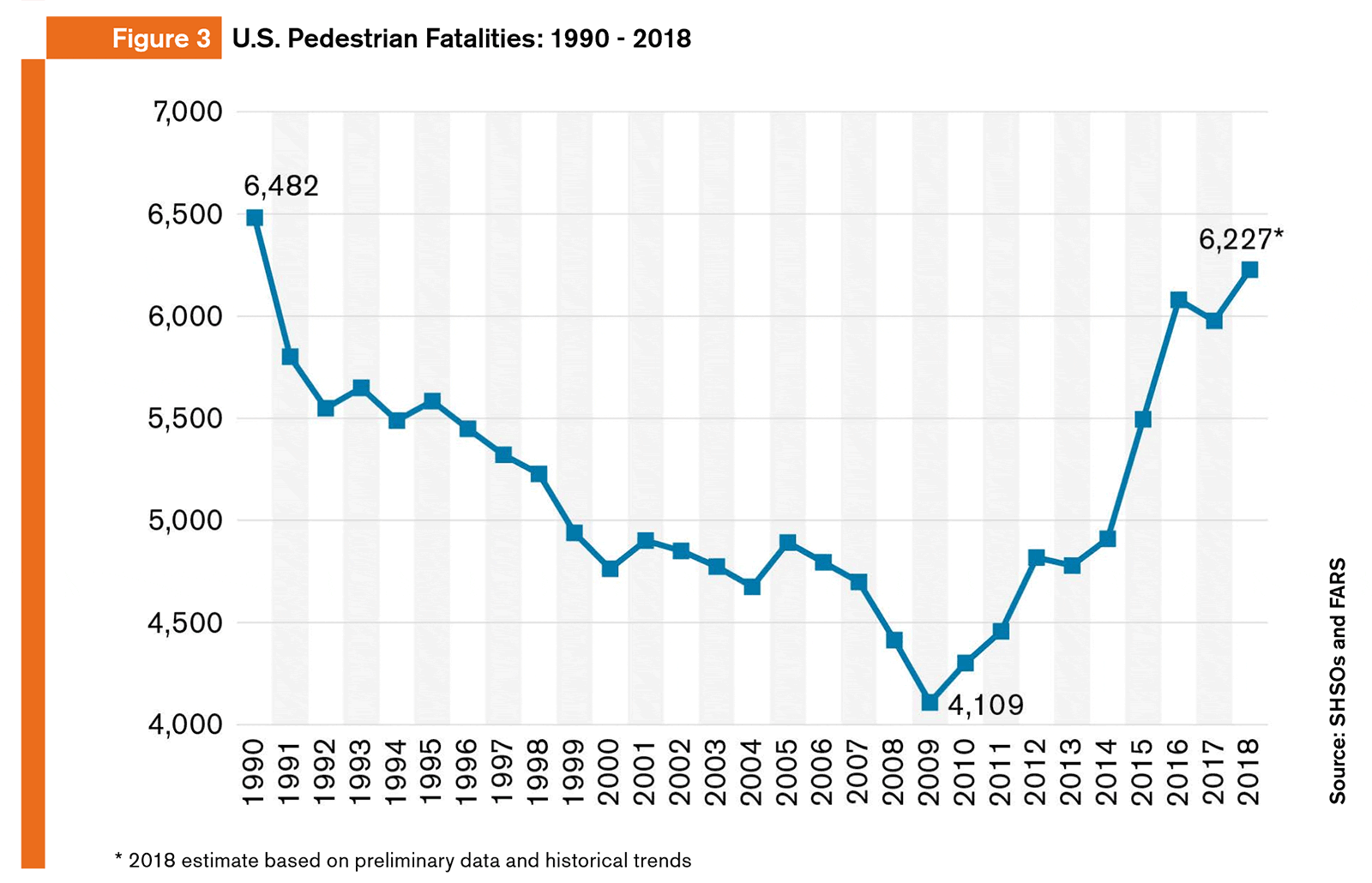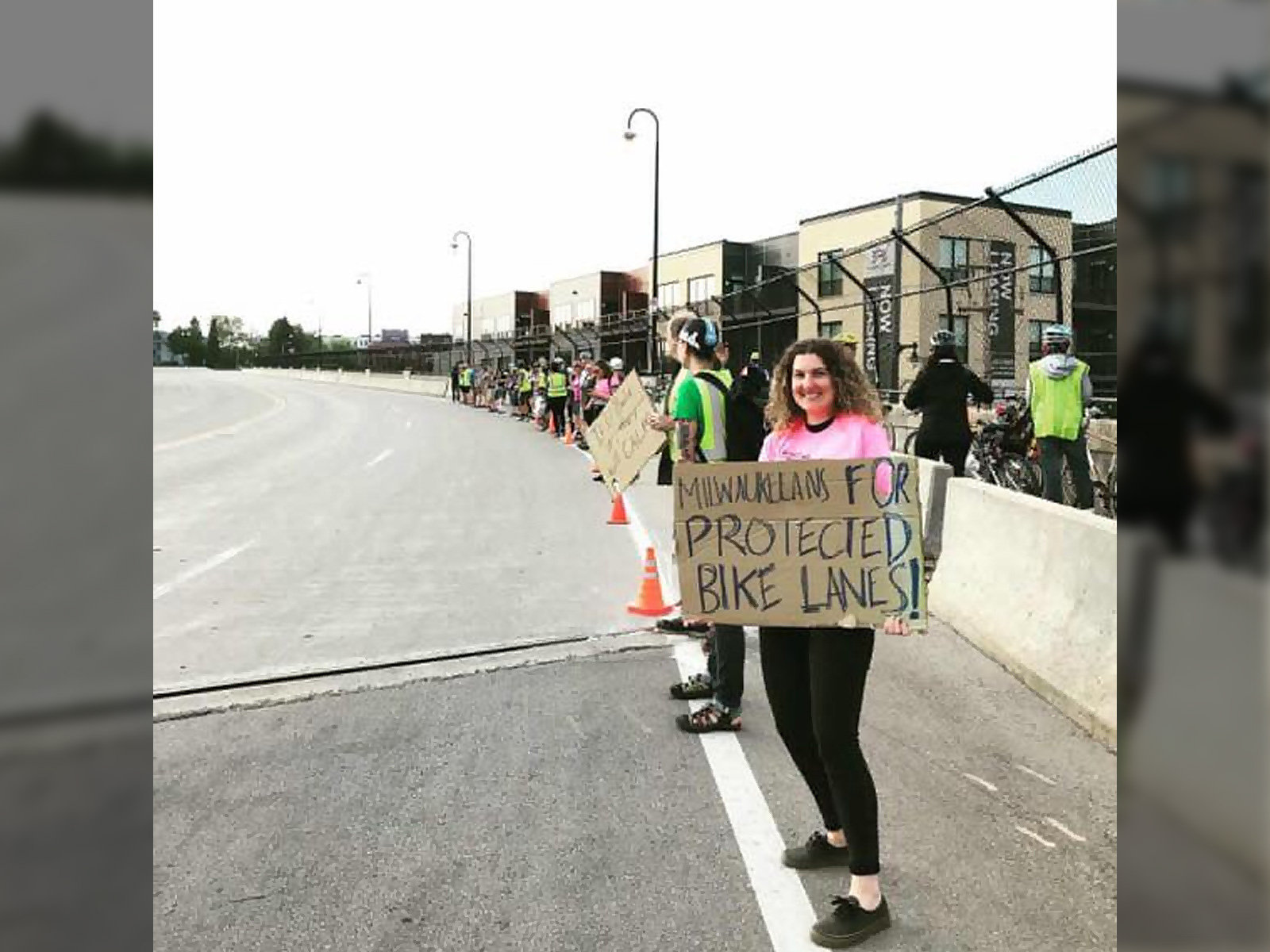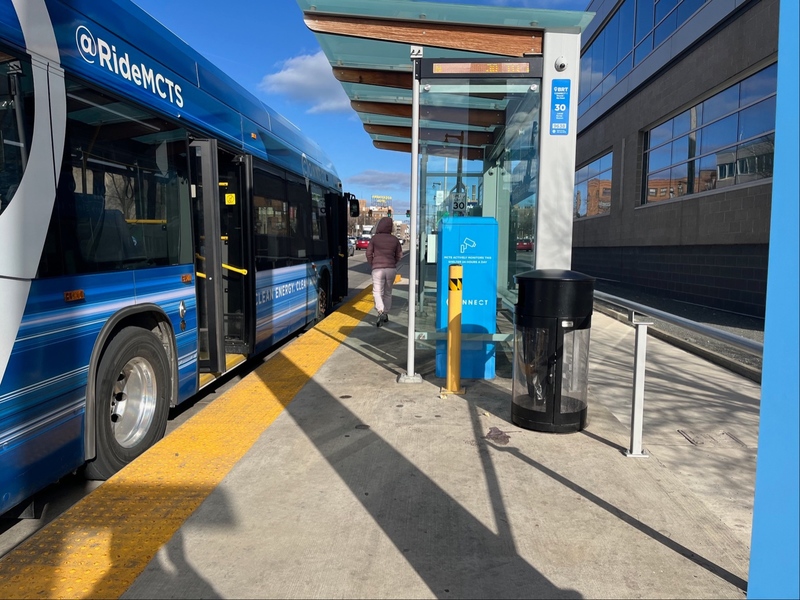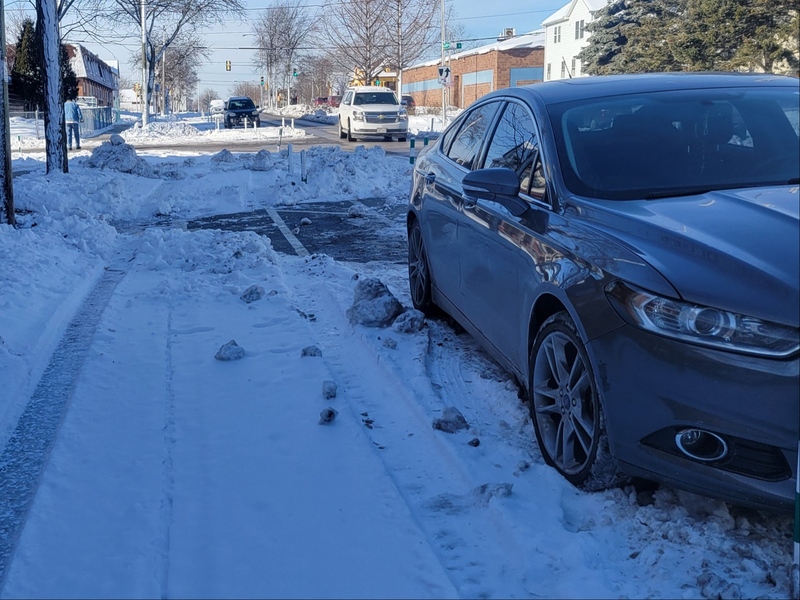Last night one of the touring pro racers I am hosting for the Tour of America's Dairyland was doored while out on a casual warm-up ride, causing two of her teammates to run into the back of her, sending her to the hospital, possibly costing thousands of dollars in damage and medical bills. The driver was not insured.
This shows that even that even the highest level riders with the best bike-handling skills can be victims of poor awareness from motorists mixed with poorly planned infrastructure; it is illegal to open your car door into traffic, but bike lanes are most often found butted up against parking lanes.
While walking, cycling and scootering have always been statistically safer than driving a car, cycling and pedestrian deaths are on the rise. It's too early to correlate causation, but it's pretty easy to draw conclusions to the popularization of the smartphone and the subsequent increase in distracted driving.

So despite the increase in deaths, if cycling and walking are still statistically safer than driving, why focus on protecting these road users? Why not focus on reducing the 37,000 motorist deaths instead?
Protected lanes protect everybody
Thinking about roadways in terms of the most vulnerable road user is a net benefit for everyone, including people who drive.
In the middle of last year, leading up to the Common Council's unanimous support of the Complete Streets policy, Milwaukee dipped its pinky toe into the protected bike lane game on the North Avenue and Locust Street bridges. Technically speaking, the lanes were never protected – they were merely cordoned off with plastic pylons that were quite quickly destroyed by reckless driving – but they did remove one lane of traffic, eradicate parking and provide the illusion of protection.
The Department of Public Works is now looking at options for true protection.
Despite the lack of crash-resistant bollards the protected lanes have been a tremendous success. According to the Wisconsin Bike Fed, removing one lane of traffic has decreased people speeding 10mph over the limit by 50%, decreased speeding over 40 mph by a whopping 70% and, converse to expectations, increased car flow by nearly 10%. Additionally, cycling across these bridges has increased by 115%.
So even though this infrastructure has been labeled as bikes-only, these bridges have ultimately been made better for everyone.
Continuing to make improvements like these – focusing on making roadways more welcoming to all types of road users outside of motor vehicles – should make citizens feel safer and encourage more people to get our of their cars. Fewer cars means better traffic flow, fewer parking hassles, less noise, cleaner air, healthier lives and fewer fatalities.
For more information on how to ask for more protected bike lanes and better people-oriented facilities, check out this Milwaukee People Protected Bike Lane event hosted by the Wisconsin Bike Fed at 5:30 today on the 6th Street Viaduct. Then contact your local Common Council representative asking them to continue to move forward with these positive Complete Streets policies.
Jason McDowell grew up in central Iowa and moved to Milwaukee in 2000 to attend the Milwaukee Institute of Art and Design.
In 2006 he began working with OnMilwaukee as an advertising designer, but has since taken on a variety of rolls as the Creative Director, tackling all kinds of design problems, from digital to print, advertising to branding, icons to programming.
In 2016 he picked up the 414 Digital Star of the Year award.
Most other times he can be found racing bicycles, playing board games, or petting dogs.







